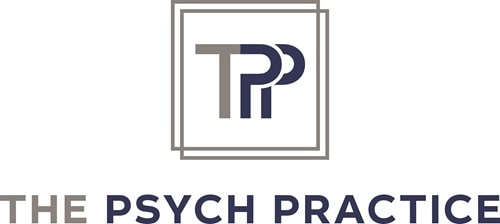Some people may experience post-traumatic stress disorder (PTSD) following a traumatic brain injury (TBI). PTSD is a severe psychological reaction to a traumatic event. It involves the persistent re-experience of the trauma, avoidance of the stimuli which remind the person of the event, increased arousal, and a numbing emotional response.
Loss of memory for the circumstances of the injury means that most people with severe brain injuries are not troubled by disturbing memories of the event and as such, PTSD is most commonly experienced after mild brain injuries when memories of the circumstances surrounding the injury are retained. However, some others develop a fear of the circumstances similar to that of the injury and a small number of people have disturbing memories of the early stages of their recovery.

Self-help strategies for PTSD following TBI
Relaxation techniques are therapeutic exercises designed to assist individuals with decreasing physical and psychological tension and anxiety. People who have experienced PTSD following a TBI find that they are tense, nervous and anxious most of the time. Anxiety can be overwhelming, and it can take a toll on both your emotional and your physical health. You may find yourself having difficulty falling or staying asleep. People with PTSD may also have difficulty concentrating, feel on edge much of the time and be very easily startled.
Relaxation #1: Deep breathing
This is a simple yet powerful relaxation technique. It’s easy to learn, can be practiced almost anywhere and provides a quick yet effective way to get your anxiety levels in check. Deep breathing is the cornerstone for many other relaxation practices too and can be combined with other relaxing elements such as music.
How to practice deep breathing
- Sit comfortably with your back straight. Put one hand on your chest and the other on your stomach
- Breathe in through your nose. The hand on your stomach should rise. The hand on your chest should move very little.
- Exhale through your mouth, pushing out as much air as you can while contracting your abdominal muscles. The hand on your stomach should move in as you exhale, but your other hand should move very little.
- Continue to breathe through your nose and out through your mouth. Try to inhale enough so that your lower abdomen rises and falls. Count slowly as you exhale.
If you find it difficult breathing from your abdomen while sitting, trying lying down. Put a small book on your stomach and breathe so that the book rises as you inhale and falls as you exhale.

Relaxation technique #2: Calm breathing
Our breathing changes when we are feeling anxious. We tend to take short, quick, shallow breaths, or even hyperventilate; this is called “over breathing”. Calm breathing helps you slow down your breathing when feeling stressed or anxious and stops you from hyperventilating.
How to practice calm breathing
Calm breathing involves taking smooth, slow and regular breaths. Sitting upright is usually better than lying down or slouching because it can increase the capacity of your lungs to fill with air.
- Take a slow breath through the nose, breathing into your lower belly (for about 4 seconds)
- Hold your breath for 1 or 2 seconds
- Exhale slowly through the mouth (for about 4 seconds)
- Wait a few seconds before taking another breath
About 6-8 breathing cycles per minute is often helpful to decrease anxiety but find your own comfortable breathing rhythm. These cycles regulate the amount of oxygen you take in so that you do not experience the fainting, tingling and giddy sensations that are often associated with over breathing.
Relaxation technique #3: Progressive muscles relaxation
This is a two-step process in which you systematically tense and relax different muscle groups in the body. With regular practice, it gives you an intimate familiarity with what tension as well as complete relaxation feels like in different parts of your body. This can help you react to the first signs of the muscular tension that accompanies stress. And as your body relaxes, so will your mind.
Consult with your doctor first if you have history of muscle spasms, back problems, serious injuries that may be aggravated by tensing muscles.
How to practice muscle relaxation
- Loosen clothing, take off your shoes and get comfortable
- Take a few minutes to breathe in and out in slow, deep breaths.
- When you are ready, shift your attention to your right foot. Take a moment to focus on how it feels.
- Slowly tense the muscles in your right foot, squeezing as tightly as you can. Hold for a count of 10.
- Relax your foot. Focus on the tension flowing away and how your foot feels as it becomes limp and loose.
- Stay in this relaxed state for a moment, breathing deeply and slowly.
- Shift your attention to your left foot. Follow the same sequence of muscle tension and release.
- Move slowly up through your body, contacting and relaxing the different muscle groups.
- It may take some practice at first but try not to tense muscles other than those intended.
At The Psych Practice offer support to individuals, couples and families living with brain injury.
For further details please contact us on:
Telephone: 020 8058 4060
Email:admin@thepsychpracticetpp.com
Website:www.thepsychpracticetpp.com


Recent Comments